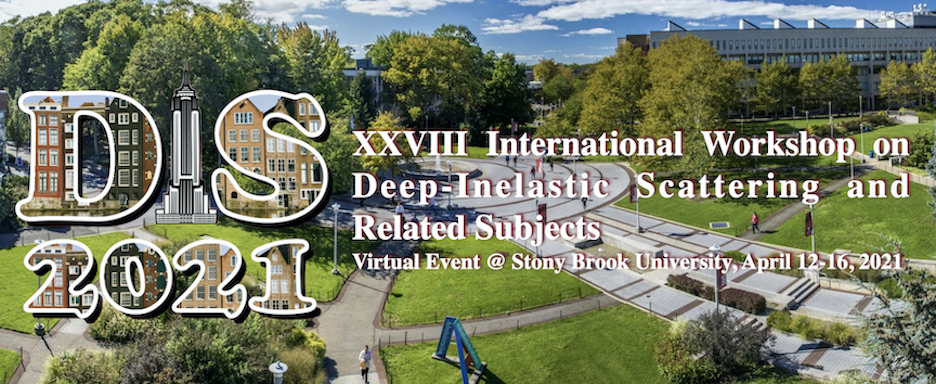Speaker
Description
Using a recent extraction of deeply virtual Compton scattering (DVCS) Compton form factors, done within the PARTONS framework, we derive timelike Compton scattering (TCS) amplitudes and calculate TCS observables only assuming leading-twist dominance. In the framework of collinear QCD factorization, the leading-twist scattering amplitudes for DVCS and TCS are intimately related thanks to analytic properties of leading and next-to-leading order amplitudes. We exploit this welcome feature to make data-driven predictions for TCS observables to be measured in near future experiments. Artificial neural network techniques are used for an essential reduction of model dependency, allowing for stringent tests of the universality of leading-twist description of DVCS and TCS amplitudes in terms of Generalized Parton Distributions (GPDs). Moreover, this study helps to understand quantitatively the complementarity of DVCS and TCS measurements, which is crucial e.g. to perform the nucleon tomography.

